-
 Bitcoin
Bitcoin $118600
-2.59% -
 Ethereum
Ethereum $4282
-0.42% -
 XRP
XRP $3.129
-4.21% -
 Tether USDt
Tether USDt $0.0000
0.01% -
 BNB
BNB $805.4
-1.80% -
 Solana
Solana $174.3
-5.77% -
 USDC
USDC $0.9998
-0.01% -
 Dogecoin
Dogecoin $0.2230
-6.33% -
 TRON
TRON $0.3466
1.70% -
 Cardano
Cardano $0.7745
-5.73% -
 Chainlink
Chainlink $21.37
-3.53% -
 Hyperliquid
Hyperliquid $42.93
-7.25% -
 Stellar
Stellar $0.4324
-4.94% -
 Sui
Sui $3.660
-7.17% -
 Bitcoin Cash
Bitcoin Cash $591.6
2.72% -
 Hedera
Hedera $0.2467
-7.04% -
 Ethena USDe
Ethena USDe $1.001
0.00% -
 Avalanche
Avalanche $22.92
-6.14% -
 Litecoin
Litecoin $118.8
-3.79% -
 Toncoin
Toncoin $3.378
-0.46% -
 UNUS SED LEO
UNUS SED LEO $9.011
-1.15% -
 Shiba Inu
Shiba Inu $0.00001294
-5.81% -
 Uniswap
Uniswap $11.24
0.53% -
 Polkadot
Polkadot $3.870
-6.16% -
 Cronos
Cronos $0.1662
-1.68% -
 Dai
Dai $1.000
0.02% -
 Ethena
Ethena $0.7915
-5.62% -
 Bitget Token
Bitget Token $4.414
-1.65% -
 Monero
Monero $259.3
-3.85% -
 Pepe
Pepe $0.00001120
-8.29%
How to switch networks on Trust Wallet to get a MATIC address?
To receive MATIC, switch to the Polygon network in Trust Wallet; sending to the wrong network results in permanent loss of funds.
Mar 30, 2025 at 02:42 am
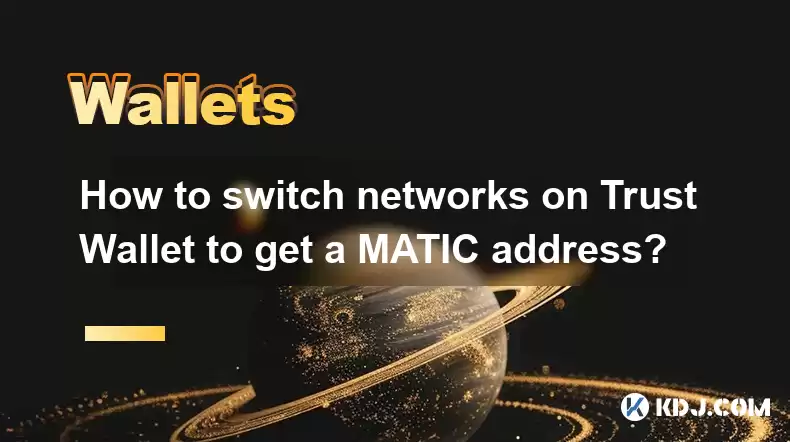
How to Switch Networks on Trust Wallet to Get a MATIC Address
Understanding Network Selection in Trust Wallet
Trust Wallet, a popular multi-cryptocurrency wallet, supports various blockchain networks. To receive MATIC, you need to ensure your Trust Wallet is connected to the Polygon (MATIC) network. This is because MATIC tokens reside on the Polygon blockchain, not on other networks like Ethereum. Choosing the correct network is crucial; sending MATIC to an Ethereum address, for example, will result in irreversible loss of funds.
Accessing Network Settings in Trust Wallet
Before you can switch networks, you need to locate the network settings within your Trust Wallet application. This process is generally consistent across different mobile operating systems (iOS and Android). First, open your Trust Wallet app. Then, locate and select the token you wish to manage (MATIC in this case). You should then see an option to select the network. This is usually presented as a dropdown menu or a clearly labeled button.
Switching to the Polygon (MATIC) Network
Once you've located the network selection area, you'll see a list of supported networks. This list will vary depending on the token you're managing. For MATIC, you must explicitly select the Polygon (MATIC) network. This is essential; selecting the wrong network will prevent you from receiving MATIC. Double-check that you've selected the correct network before proceeding with any transactions.
Receiving MATIC after Network Selection
After successfully switching to the Polygon network, your Trust Wallet will now display a MATIC address compatible with the Polygon blockchain. This address is unique to the Polygon network and is different from your Ethereum address (if you have one) for the same token. You can now safely share this address to receive MATIC tokens. Remember to always verify the recipient address before sending any cryptocurrency.
Troubleshooting Network Switching Issues
Sometimes, switching networks might not work as expected. Here are some common issues and solutions:
Network not appearing: Ensure your Trust Wallet app is up-to-date. An outdated app may not support the latest networks. Check for updates in your app store.
Slow network switching: Network switching can sometimes take a few seconds. Be patient and wait for the network to update before attempting any transactions.
Incorrect network selection: Carefully review the network selection screen to ensure you've chosen the correct network (Polygon (MATIC)). A simple mistake can lead to irreversible loss of funds.
Wallet synchronization issues: Try restarting your Trust Wallet application or your mobile device. This can often resolve minor synchronization problems.
Insufficient funds: You don't need to have MATIC in your wallet to switch networks. The network selection only changes the address used for receiving MATIC.
Adding MATIC to Trust Wallet if it's not already present
If you don't already have MATIC in your Trust Wallet, you'll need to add it first. This is a simple process:
- Find the "Add" or "Search" function: Most wallets have a search bar or an "Add Custom Token" option.
- Enter MATIC details: You'll need to enter the MATIC contract address for the Polygon network. This information is readily available online.
- Confirm the addition: Trust Wallet will verify the information and add MATIC to your wallet's token list.
Understanding the Importance of Network Selection
The importance of selecting the correct network cannot be overstated. Sending cryptocurrencies to the wrong network is a common mistake leading to permanent loss of funds. Always double-check the network you're using before sending or receiving any cryptocurrency. This applies to all cryptocurrencies, not just MATIC. Using the wrong network will lead to your transaction failing and your funds being lost.
Understanding Different Networks and their Purposes
Cryptocurrency networks are separate blockchains with their own rules and functionalities. The Ethereum network and the Polygon network, for example, are distinct. While they might sometimes interact, they are fundamentally different systems. Using the wrong network is like trying to use a US dollar bill in a Japanese vending machine – it won't work.
Security Best Practices when Switching Networks
Always download Trust Wallet from official app stores to avoid malicious apps. Never share your seed phrase or private keys with anyone. Enable two-factor authentication (2FA) for an extra layer of security. Regularly back up your wallet to prevent data loss. Be cautious of phishing attempts; never click on suspicious links or provide your credentials to unknown sources.
Advanced Network Settings (Optional)
Some advanced users might want to adjust additional network settings, such as gas fees or RPC URLs. However, these settings are generally not necessary for basic MATIC transactions. Modifying these settings incorrectly can lead to complications, so only adjust them if you understand the implications. Always consult reliable resources before altering advanced settings.
Frequently Asked Questions
Q: What happens if I send MATIC to the wrong network?
A: Sending MATIC to the wrong network (e.g., sending it to an Ethereum address instead of a Polygon address) will result in the irreversible loss of your funds. The tokens will be lost, and there is no way to recover them.
Q: Can I receive MATIC on my Ethereum address?
A: No, you cannot receive MATIC on an Ethereum address. MATIC tokens reside on the Polygon network, and you need a Polygon address to receive them.
Q: Why is network selection so important?
A: Network selection is crucial because different cryptocurrencies operate on different blockchains. Each blockchain has its own unique address format. Sending cryptocurrency to the incorrect network is like sending a letter to the wrong address – it won't reach its destination.
Q: My Trust Wallet doesn't show the Polygon network. What should I do?
A: Ensure your Trust Wallet app is updated to the latest version. If the problem persists, contact Trust Wallet support for assistance. They can help troubleshoot the issue.
Q: Can I switch networks without having MATIC in my wallet?
A: Yes, you can switch networks even if you don't have any MATIC in your wallet. Switching networks simply changes the address associated with your MATIC token, allowing you to receive MATIC on the correct network.
Disclaimer:info@kdj.com
The information provided is not trading advice. kdj.com does not assume any responsibility for any investments made based on the information provided in this article. Cryptocurrencies are highly volatile and it is highly recommended that you invest with caution after thorough research!
If you believe that the content used on this website infringes your copyright, please contact us immediately (info@kdj.com) and we will delete it promptly.
- Memecoins, Corporate Treasury, and the New Frontier: A NYC Perspective
- 2025-08-12 14:30:13
- Dogecoin, Presale, Surge: Riding the Meme Coin Wave
- 2025-08-12 11:10:12
- Dogecoin, Tron, and the ROI Reality Check: What's a Crypto Investor to Do?
- 2025-08-12 11:15:12
- Ethereum Layer-2 Scaling Competition Heats Up as ETH Breaks $4K
- 2025-08-12 10:30:12
- China Regulation, Stablecoins, and BNB Presale: Navigating the Crypto Landscape
- 2025-08-12 11:30:12
- Meme Coins, Investment, and Token Burns: What's Hot in 2025?
- 2025-08-12 10:30:12
Related knowledge
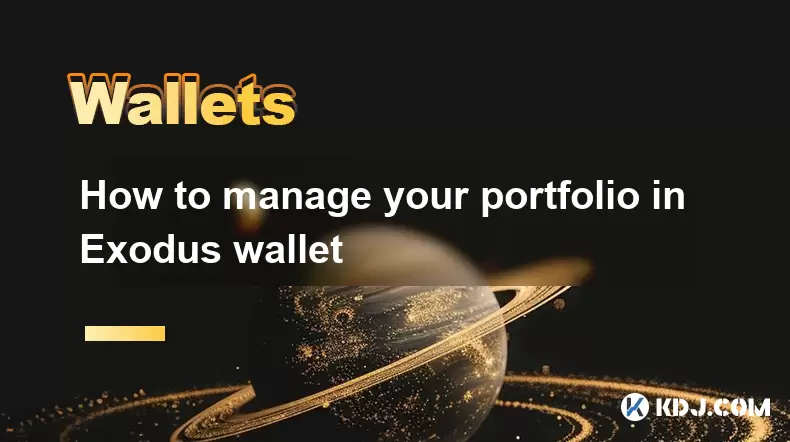
How to manage your portfolio in Exodus wallet
Aug 08,2025 at 10:07pm
Understanding the Exodus Wallet InterfaceThe Exodus wallet is a non-custodial cryptocurrency wallet that supports a wide range of digital assets. When...
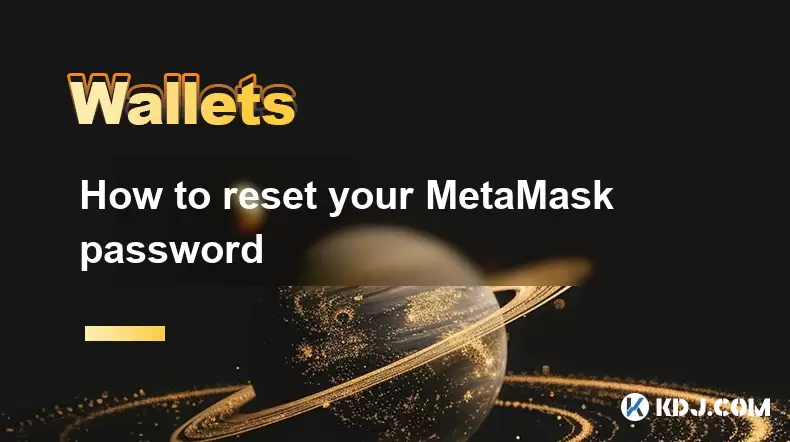
How to reset your MetaMask password
Aug 08,2025 at 01:28pm
Understanding the MetaMask Password Reset ProcessMany users confuse the MetaMask password with the seed phrase or private key, but they serve differen...
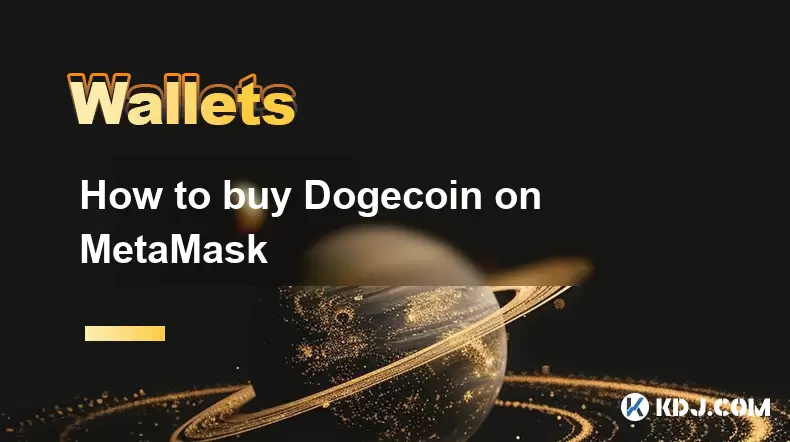
How to buy Dogecoin on MetaMask
Aug 08,2025 at 03:42am
Understanding Dogecoin and MetaMask CompatibilityDogecoin (DOGE) is a popular meme-based cryptocurrency that operates on its own blockchain, originall...
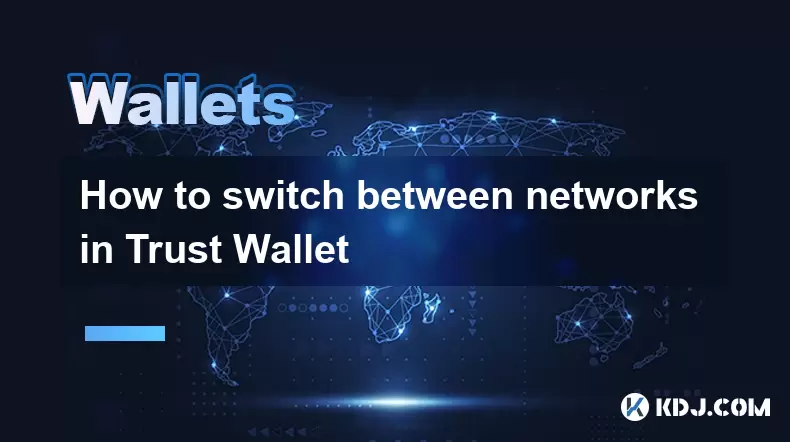
How to switch between networks in Trust Wallet
Aug 09,2025 at 11:07am
Understanding Network Switching in Trust WalletSwitching between networks in Trust Wallet allows users to manage assets across different blockchains, ...
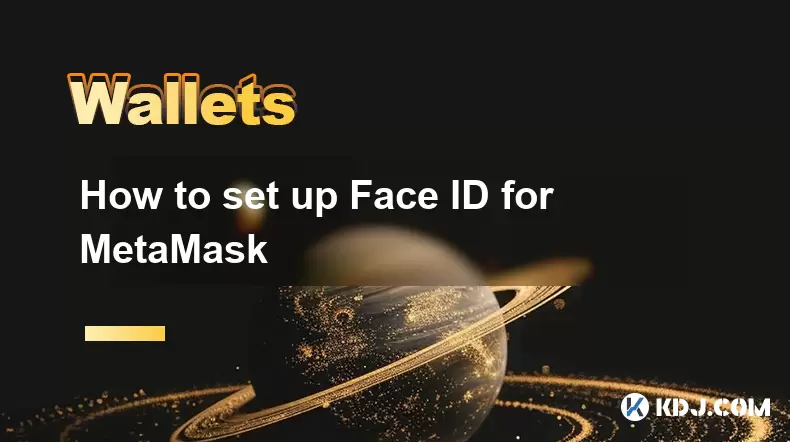
How to set up Face ID for MetaMask
Aug 12,2025 at 02:42am
Understanding Face ID and Its Role in MetaMask SecurityMetaMask is a widely used cryptocurrency wallet that allows users to interact with the Ethereum...
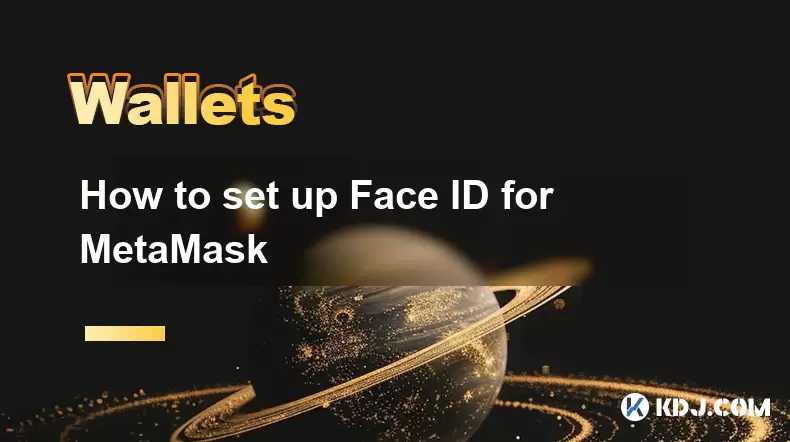
How to set up Face ID for MetaMask
Aug 11,2025 at 09:28am
Understanding Face ID and Its Role in MetaMask SecurityFace ID is a biometric authentication system developed by Apple that uses facial recognition to...

How to manage your portfolio in Exodus wallet
Aug 08,2025 at 10:07pm
Understanding the Exodus Wallet InterfaceThe Exodus wallet is a non-custodial cryptocurrency wallet that supports a wide range of digital assets. When...

How to reset your MetaMask password
Aug 08,2025 at 01:28pm
Understanding the MetaMask Password Reset ProcessMany users confuse the MetaMask password with the seed phrase or private key, but they serve differen...

How to buy Dogecoin on MetaMask
Aug 08,2025 at 03:42am
Understanding Dogecoin and MetaMask CompatibilityDogecoin (DOGE) is a popular meme-based cryptocurrency that operates on its own blockchain, originall...

How to switch between networks in Trust Wallet
Aug 09,2025 at 11:07am
Understanding Network Switching in Trust WalletSwitching between networks in Trust Wallet allows users to manage assets across different blockchains, ...

How to set up Face ID for MetaMask
Aug 12,2025 at 02:42am
Understanding Face ID and Its Role in MetaMask SecurityMetaMask is a widely used cryptocurrency wallet that allows users to interact with the Ethereum...

How to set up Face ID for MetaMask
Aug 11,2025 at 09:28am
Understanding Face ID and Its Role in MetaMask SecurityFace ID is a biometric authentication system developed by Apple that uses facial recognition to...
See all articles

























































































